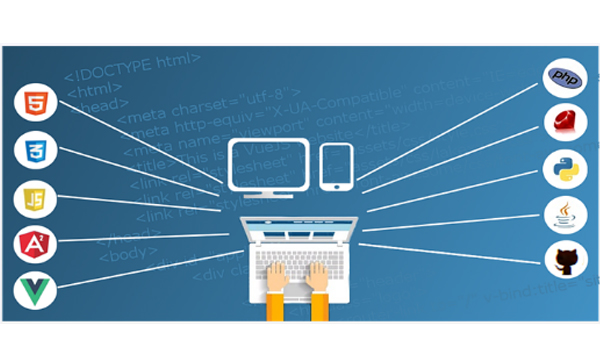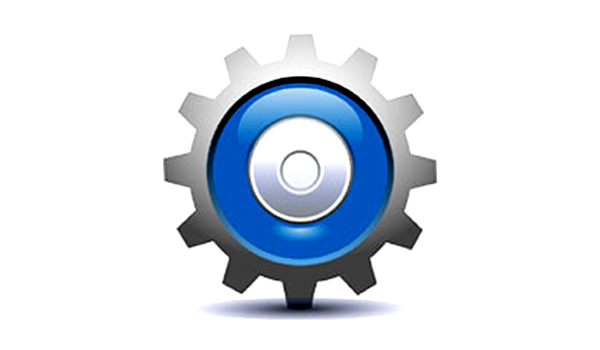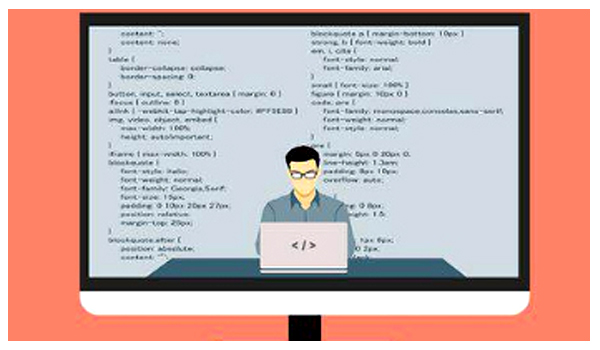Backwards Compatibility
Backwards compatibility, also known as downwards compatibility, refers to the ability of any hardware or software to use interfaces from older equipment or versions successfully.
Updated: October 11, 2023

Backwards compatibility, also known as downwards compatibility, refers to the ability of any hardware or software to use interfaces from older equipment or versions successfully. Backwards compatibility simply means being compatible with older models of the same product. Hardware and software can share data easily, and the same interfaces can be used for communication successfully. This can be achieved when software or hardware can read, format, write and edit or make changes of an older version or format.
Designers need to create the previous versions to be 'forward compatible' to make backwards compatibility successful. It can be ensured that the software is more extensible, has newer plugins and features that the software will be compatible with.
Hardware and Software are two types of backwards compatibility. The hardware interface of a system can work with older versions in hardware compatibility. The software compiler of a computer program or language can accept other programs or even data that has worked for an older version of the software in software backwards compatibility.
You can eliminates the need to start over, preserves older software and hardware, promotes sales dynamic, supports complementary product creation and streamlines releases by using backwards compatibility.
Some of the main impacts of backwards compatibility are cost challenges, impact on app development and vertical impact in the gaming industry.



